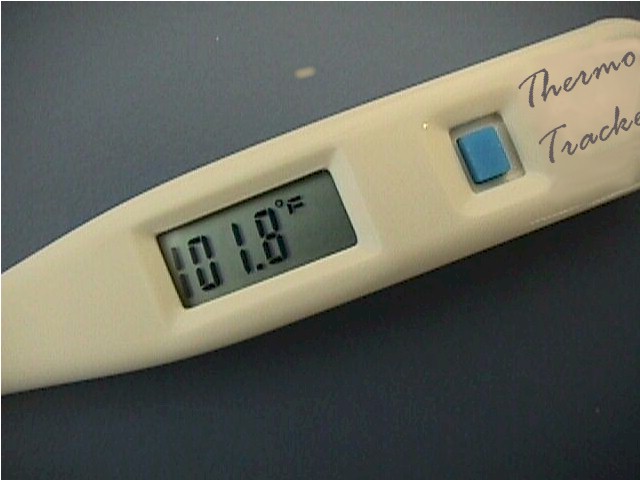|
Postpartum Fever |
|
 Maternal febrile morbidity is classically defined as temperatures exceeding 100.4 on at
least two occasions, at least 6 hours apart.
Maternal febrile morbidity is classically defined as temperatures exceeding 100.4 on at
least two occasions, at least 6 hours apart.
For patients with an obvious infection and high fever, localizing signs and septic in appearance, begin treatment immediately without waiting for the 6-hour definition to be fulfilled.
Cultures from the urine and vagina (and sometimes blood) can be useful. Similarly, a chest x-ray, may identify a pulmonary cause for the fever..
Examine the patient, looking for localizing signs that will guide you in your therapy. Check for:
- Uterine tenderness, suggesting a uterine or endometrial source
- Flank tenderness, suggesting pyelonephritis
- Breast tenderness and redness, suggesting mastitis
- Perineum tenderness and redness, suggesting wound infection
- Pulmonary rales, rhonchi or wheezes, suggesting a respiratory source
- Calf tenderness, suggesting deep vein thrombophlebitis
If a specific source is identified, treatment specific for that source can be employed. However, in many situations, there is considerable risk of multiple sources and vigorous antibiotic therapy is generally initiated. Good choices for such therapy include:
- Ampicillin 2 gm IV every 6 hours, plus gentamicin 1.5 mg/kg (loading dose) and 1.0 mg/kg every 8 hours, plus clindamycin 900 mg IV every 6 hours
- Ampicillin/sulbactam 3 gm IV every 4-6 hours
- Mezlocillin 4 g IV every 4-6 hours
- Piperacillin 3-4 g IV every 4 hours
- Ticarcillin/clavulanic acid 3.1 gm IV every 6 hours
- Cefotetan 1-2 g IV every 12 hours
